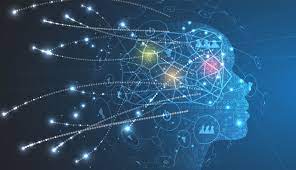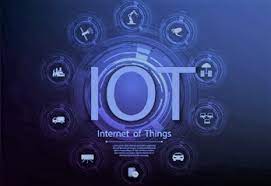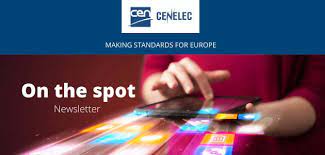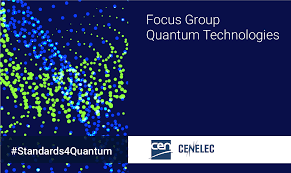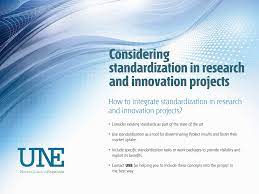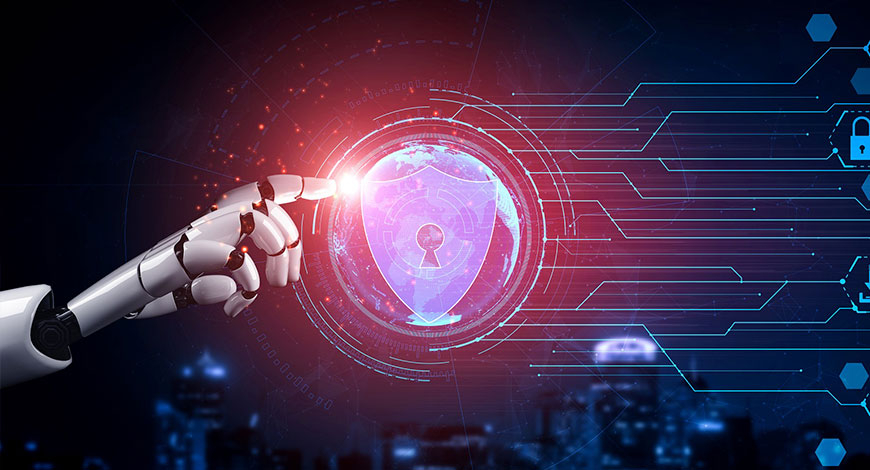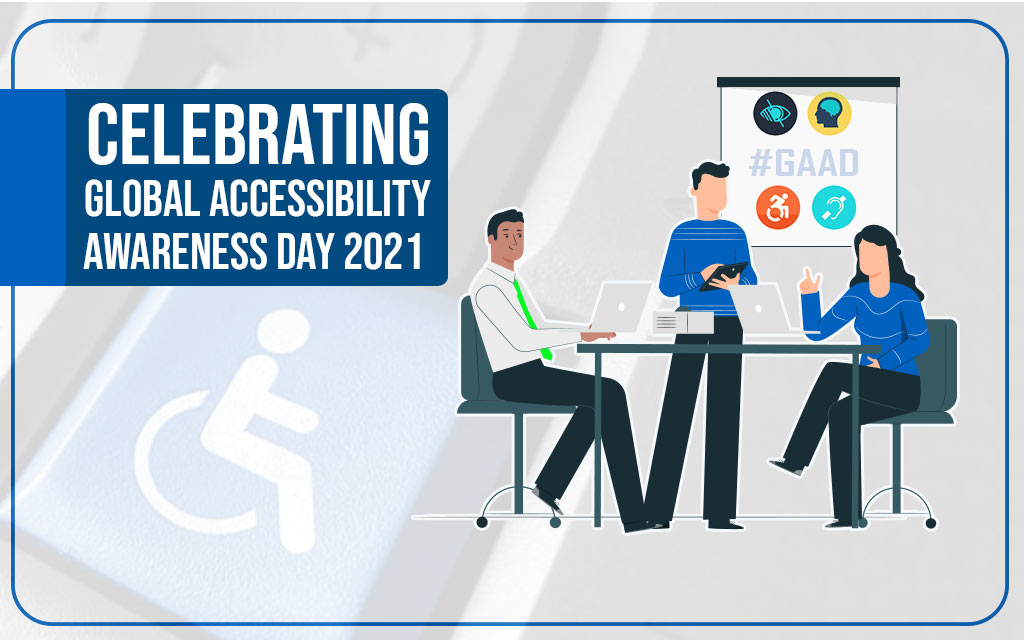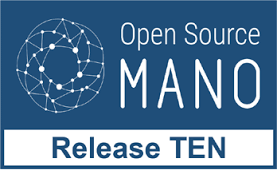European Standards support the EU Ambitions on Artificial Intelligence
The European Commission is presenting its new, long-awaited regulation on Artificial Intelligence (AI). This focus on AI on the part of the European Commission brings forward not only valuable questions for the continued evolution and safe deployment of this technology, but opportunities for ensuring the digital sovereignty of Europe for the future. To help address these questions and provide support to the deployment of AI in Europe, European standards play a key role. To organise and develop standardization work on this issue, CEN and CENELEC have established the CEN-CENELEC Joint Technical Committee 21 ‘Artificial Intelligence’.
This group brings together experts that will implement and lead the recommendations available in CEN and CENELEC’s response to the EC White Paper on AI and CEN and CENELEC’s Road Map on AI.
The Joint Technical Committee, whose Secretariat is held by DS, the Danish Standardization Body, will be responsible for the development and adoption of standards for AI and related data, as well as provide guidance to other Technical Committees concerned with AI. Standards are relevant for the evolution of AI for a variety of reasons:
- they provide expertise to an emerging technology, ensuring safety and security for products and services;
- they are intrinsically designed to be an inclusive and market-driven instrument of support for European regulation through the New Legislative Framework, benefitting the Single Market and reducing barriers to trade.
ETSI Releases IoT Testing Specifications for MQTT, COAP, Industrial Automation and Control Systems
The ETSI committee on Methods for Testing and Specifications (TC MTS) has recently completed a first set of seven standards addressing the testing of the IoT MQTT and CoAP protocols, and the foundational security IoT-Profile.
The ETSI TS 103 596 series provides an overall test suite structure and catalogue of test purposes for the Constrained Application Protocol (CoAP). It can serve as a reference for both client-side test campaigns and server-side test campaigns. Part 1 specifies the conformance issues, part 2 the security issues and part 3 the performance issues.
The ETSI TS 103 597 series provides an overall test suite structure and catalogue of test purposes for the MQ Telemetry Transport (MQTT). It is also divided into three different parts for conformance, security and performance testing.
Cybersecurity is crucial in today’s world, as our society increasingly relies on connected infrastructure and devices. In the field of railways, connected trains and infrastructure are seen as a major source of improvement for the management of traffic and capacity, energy efficiency, and network communication. But this trend also means more potential threats of cyber-attacks. To protect the rolling stock and fixed installations, the support of adequate tools and requirements is needed.
CENELEC contributes to providing this protection with the brand new CLC/TS 50701 ‘Railway applications – Cybersecurity’ developed by ‘CLC/TC 9X - Electrical and electronic applications for railways’.
This Technical Specification is a major landmark for the European railway sector, as it aims to provide requirements and recommendations to handle cybersecurity in a unified way for the railway sector.
New CEN-CENELEC standardization project to offer refinements in a European context for Privacy Information Management Systems
EN ISO/IEC 27701 “Security techniques. Extension to ISO/IEC 27001 and ISO/IEC 27002 for privacy information management. Requirements and guidelines” sets out generic requirements for a Privacy Information Management System whose guidance can be adapted by organisations according to their context and applicable obligations. It can be considered as an international framework, in which it is possible to define more particular, regional refinements.
CEN and CENELEC’s Joint Committee 13 ‘Cybersecurity and Data Protection’ (CEN-CLC/JTC 13) has now started a new project, which aims at developing a standard that offers such refinements for a European context: the aim is to develop guidelines that organisations will be able to use for the purpose of demonstrating compliance with their obligations relating to GDPR.
CEN and CENELEC are putting significant effort towards integrating standardization with innovation and research in Europe. This strategic initiative was originally conceived in the CEN-CENELEC Innovation Plan (2018) and now supports Strategy 2030 objectives. The projects and actions to achieve this integration are focused towards 3 dimensions:
-
New topics for standardization – deploying and reinforcing existing channels and sources to identify new standardization areas for CEN and CENELEC. Activities include working with the EC DG JRC (Joint Research Centre) later this year to identify possible upcoming topics for the common CEN-CENELEC – JRC action "Putting Science into Standards 2022’’ that will involve engaging with stakeholders (researchers, industry, policy makers, standardizers…) to initiate a discussion on opportunities and needs for which CEN and CENELEC can enable the development of the necessary standards.
ETSI Releases Mitigation Strategy Report on Securing Artificial Intelligence
ETSI has recently released ETSI GR SAI 005, a report which summarizes and analyses existing and potential mitigation against threats for AI-based systems. Setting a baseline for a common understanding of relevant AI cyber security threats and mitigations will be key for widespread deployment and acceptance of AI systems and applications. This report sheds light on the available methods for securing AI-based systems by mitigating known or potential security threats identified in the recent ENISA threat landscape publication and ETSI GR SAI 004 Problem Statement Report. It also addresses security capabilities, challenges, and limitations when adopting mitigation for AI-based systems in certain potential use cases.
Artificial intelligence has been driven by the rapid progress of deep learning and its wide applications, such as image classification, object detection, speech recognition and language translation.
Accessibility prevents or removes barriers to the use of mainstream products and services. CEN and CENELEC, as two of the officially recognised European Standardization Bodies, are on the frontline to achieve accessibility in Europe: standards are powerful tools to integrate and strengthen accessibility aspects providing a framework, requirements and specifications for accessible products and services.
To steer and streamline its work on accessibility across all relevant sectors, CEN’s Strategic Advisory Group on Accessibility (SAGA) recently developed the brochure “How to address accessibility in standardization”: this information leaflet provides guidelines to CEN and CENELEC’s technical bodies on how to include accessibility aspects in their standards development work.
ETSI introduced OSM Release TEN, the 11th Release of an Open-Source project which first announced its Release ZERO in 2016 with the vision of closing the gap between the traditional way of building telecom networks, and the use of cloud technologies in telcos emerging at that time. Release TEN defines an inflection point in OSM evolution, shifting the main goal from the implementation of a vision to the operation of production deployments. The co-operation agreement recently signed between ETSI and the O-RAN Alliance is a new and significant step towards positioning OSM as the optimized open solution for the Service Management and Orchestration Framework.
This new OSM Release brings, among other improvements, a new design that allows OSM modules to be decoupled and distributed across the network for higher resilience, facilitating edge and geo-redundant deployments.
New CWA 17675 Provides a Clear Mapping of Tools for Carbon Management in Europe
Many initiatives have been launched both at national and European level to achieve the European objectives for climate and energy by 2030 and for the Paris Agreement. One of these is now a reference about environmental policies and governmental actions: CEN Workshop Agreement 17675 ‘Mapping of the mandatory and voluntary Carbon Management framework in the EU’. Published last 17 March, it is based on proposal by UNI, the Italian National Standardization Body, that involved European companies such as JRC, ADEME, CLEOPA, in addition to other National Standardization Bodies such as DIN and BSI.
The document collects the regulatory (voluntary) and legislative (mandatory) tools existing in Europe for carbon management, clarifying the relationships and increasing their synergy, in order to maximise the effectiveness of the mitigation actions of greenhouse gases (GHG), facilitating adaptation to climate change and making the path established by EU policies interacting with market dynamics.
2021 is the European Year of Rail. On this occasion, CEN and CENELEC are proud to highlight the important role European standards play to ensure the well-functioning of a key sector for the future of Europe. Standardization on railways application is part of CEN and CENELEC’s wider work on transportation, a complex and large portfolio: it includes 1234 standards from CEN and CENELEC. These standards are mainly developed by two Technical Committees (TCs), CEN/TC 256 'Railway Applications' and CLC/TC 9X 'Electrical and electronic applications for railways'. In particular, standards on rail cover a wide range of topics specifically related to railways applications (products, processes and services), such as, among others, safety, rolling stock capacity, system efficiency, as well as cybersecurity, digitalisation, and automatic couplings. This work on rail contributes massively to the development of safe, innovative and efficient railway systems infrastructure, rolling stock and systems, and supports the EU in its strategic ambitions.






